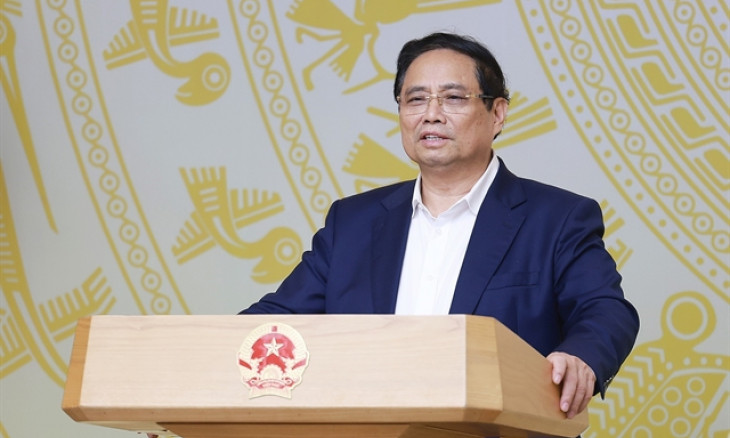Insights of FDI flows in ASEAN
ASEAN maintained its position at the top of FDI recipients among developing regions for the third consecutive years, with the FDI flows reaching a historical level of US$230 billion in 2023 despite an overall decline in global FDI flows.
Global FDI flows dipped to US$1,322 billion in 2023 from US$1,622 billion in 2021 while FDI flows in ASEAN rose from US$208 billion in 2021 to US$230 billion in 2023, according to the ASEAN Investment Report 2024.
The above figures show how ASEAN, a group of 10 Southeast Asian nations, has consistently proven its resilience and appeal as a leading destination for FDI.
The shifting patterns and priorities in global FDI, particularly the growing focus on digital and green technologies, are also strongly manifest in the region, the report noted.
Major international investment trends in 2023 underscored ASEAN's rising prominence as a global hub for financial and digital services as well as manufacturing. This is evident from the increasing investor interest in these sectors as well as robust investments in renewable energy (RE), electric vehicle (EV), and digital economy in recent years.
Investment from the top 10 sources constituted 80 per cent of total FDI in 2023, up from 75 per cent in 2022, underscoring the critical role of these investor home countries. The U.S. and China were particularly prominent, with flows from the U.S. more than doubling to US$74 billion, representing a third of all FDI in the region.
Investments by Chinese enterprises are increasingly shaping the regional FDI landscape. FDI flows from China are growing especially in manufacturing, with an average annual growth rate of 33 per cent since 2020. More first-time Chinese investors along with existing ones are expanding in ASEAN in industries such as automotive, electronics and renewables.
Another transformative trend is the growth of investment in the renewable energy supply chain. This includes investments in upstream (including mining and processing of critical minerals), midstream (component manufacturing) and downstream (renewable energy generation).
During 2020–2023, renewable energy-related industries attracted an average of more than US$27 billion annually in announced greenfield investment projects, about 25 per cent of the total.
Investment spending in renewable energy generation rose from an annual average of US$11 billion in 2015–2019 to US$14 billion in 2020–2023. About two thirds was in solar and wind power. Since 2020, the number of international investment projects in renewable energy generation increased by 15 per cent per year on average in ASEAN, compared to 11 per cent globally.






